 |
 |
Ground Truth |
one of 100 noisy images, noise std = 20, PSNR=22.4483 dB |
Single-Image Deblurring verus Multi-Image Denoising on 'Flower' synthetic dataset
(for all figures, noise standard deviation in the range [0-255])
 |
 |
Ground Truth |
one of 100 noisy images, noise std = 20, PSNR=22.4483 dB |
The following figures show a comparison between Single-Image Deblurring and Multi-Image Denoising for 4 different synthetic kernels.
The performance of deblurring depends on the kernel and the prior. The performance of multi-image denoising with a weak prior is higher than that for single-image deblurring method with either a weak or stronger prior.
 |
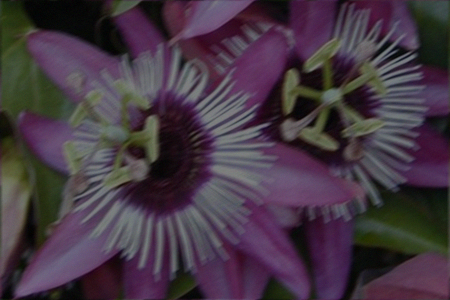 |
 |
 |
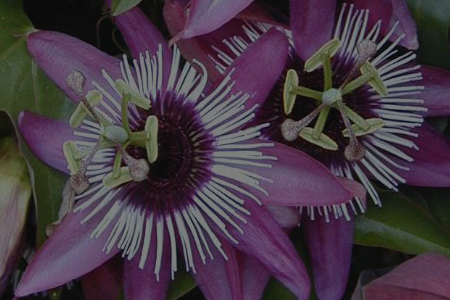 |
 |
synthetic kernel #1 |
blurry image |
deblurring using weak prior, PSNR=26.2608 dB |
deblurring using strong prior, PSNR=31.6873 dB |
denoising result using weak prior, PSNR=40.649 dB |
ground truth |
 |
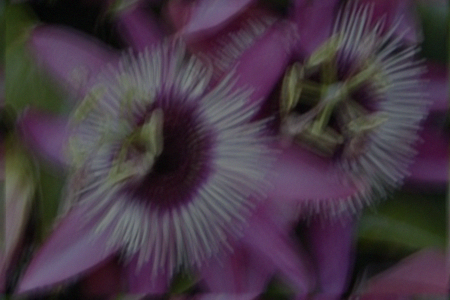 |
 |
 |
 |
 |
synthetic kernel #2 |
blurry image |
deblurring using weak prior, PSNR=25.0761 dB |
deblurring using strong prior, PSNR=31.0242 dB |
denoising result using weak prior, PSNR=40.649 dB |
ground truth |
 |
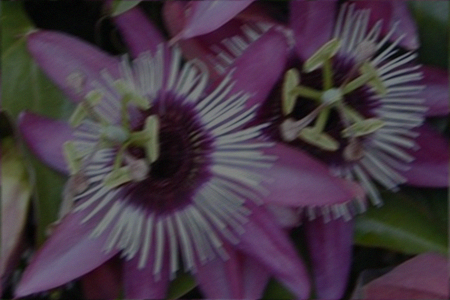 |
 |
 |
 |
 |
synthetic kernel #3 |
blurry image |
deblurring using weak prior, PSNR=26.3854 dB |
deblurring using strong prior, PSNR=31.5883 dB |
denoising result using weak prior, PSNR=40.649 dB |
ground truth |
 |
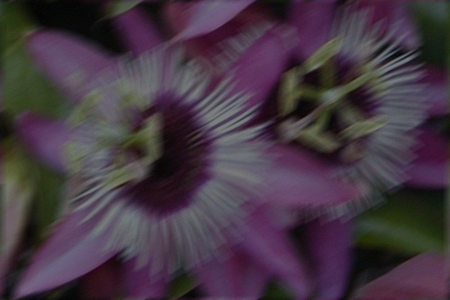 |
 |
 |
 |
 |
synthetic kernel #4 |
blurry image |
deblurring using weak prior, PSNR=24.7102 dB |
deblurring using strong prior, PSNR=30.0594 dB |
denoising result using weak prior, PSNR=40.649 dB |
ground truth |
The two priors used the above comparison:
The weak prior is the ground truth image corrupted with synthetic Gaussian noise of std deviation 40. The strong prior is the denoised result of a state-of-the-art single image denoising method CBM3D.
 |
 |
weak prior |
strong prior |